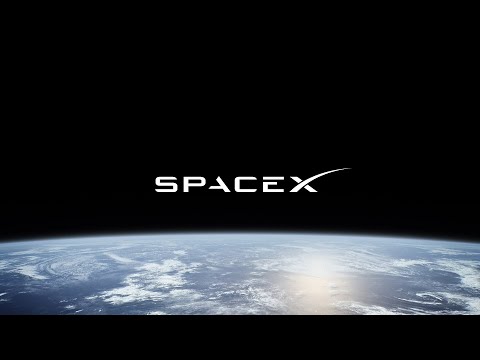SpaceX plans to launch another 46 Starlink satellites into Shell 4, with an eventual 540 km circular service orbit at 53.22° inclination, on 2022-02-21 at 14:44 UTC. The launch was originally scheduled for the previous day but postponed for reasons I haven’t seen reported. This will be the 11th flight of Falcon 9 booster B1058, which will become the second booster to fly 11 times, flying 38.97 days since its last launch.
The launch will follow the southerly trajectory in the interest of better weather and sea conditions in the booster and fairing recovery zones; this accounts for the payload being reduced from 60 to 46 satellites due to the payload penalty of that trajectory.
Here is the pre-flight preview from Everyday Astronaut, which misstates the payload as 49 satellites, as opposed to the 46 announced by SpaceX.
1 Like
Spaceflight Now clarifies some details about the launch in “Next SpaceX launch to deploy fewer Starlink satellites into higher orbit”.
A Falcon 9 rocket will launch SpaceX’s next batch of Starlink internet satellites Monday into a higher, more circular orbit than recent flights, reducing potential risks from a solar storm like the one that destroyed at least 38 Starlink craft earlier this month.
The payload of 46 satellites is a reduction from the 49 Starlink spacecraft launched on recent flights. The change apparently compensates for mission’s higher altitude target orbit.
SpaceX delayed the mission from Sunday to wait for better weather conditions in the rocket’s offshore landing zone near the Bahamas.
The second upper stage burn will place the Starlink satellites into a near-circular orbit by raising the altitude of the orbit’s perigee, or lowest point. The target orbit for Monday’s mission will range between 202 miles and 209 miles (325 by 337 kilometers) in altitude.
The previous Starlink mission, which launched Feb. 3, placed 49 satellites into a more oval-shaped, or elliptical, orbit with a perigee about 130 miles (210 kilometers) above Earth.
Starlink satellites are placed in an initial low-altitiude orbit and then raise their orbits to operational altitude using their on-board ion thrusters. This ensure that if a satellite fails and cannot be commanded to raise its orbit, it will quickly re-enter the Earth’s atmosphere and burn up instead of contributing to the problem of space debris.
2 Likes
